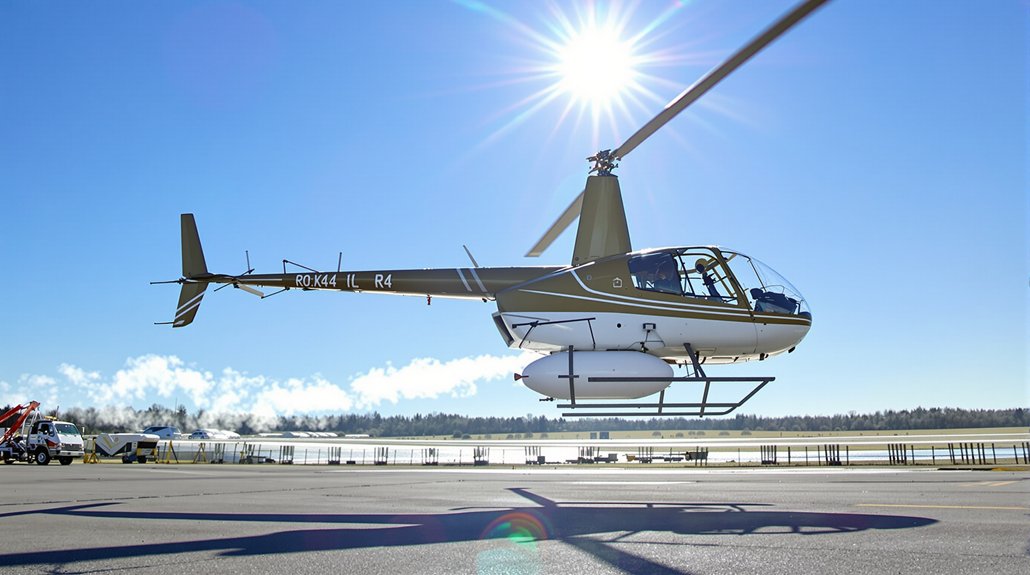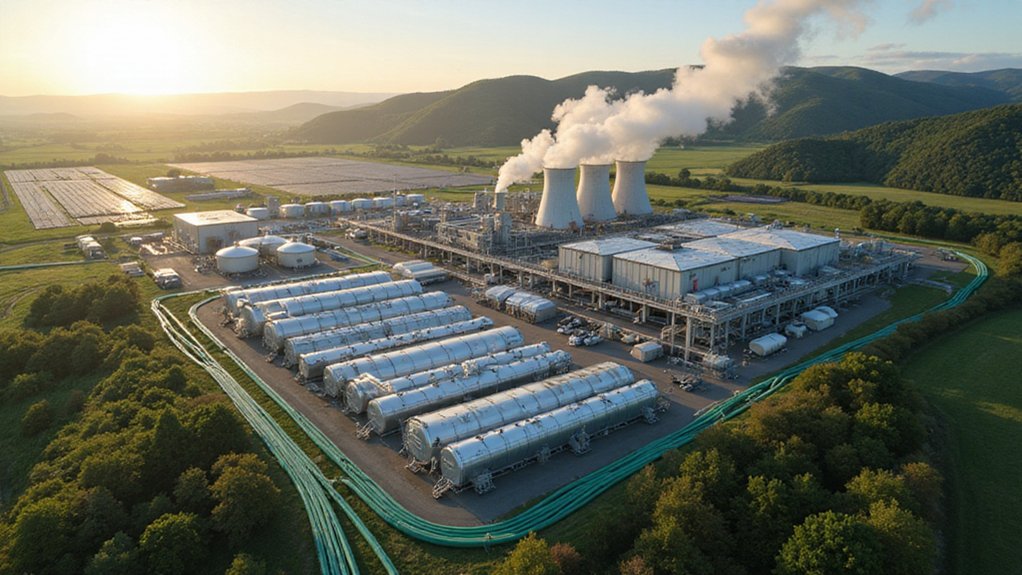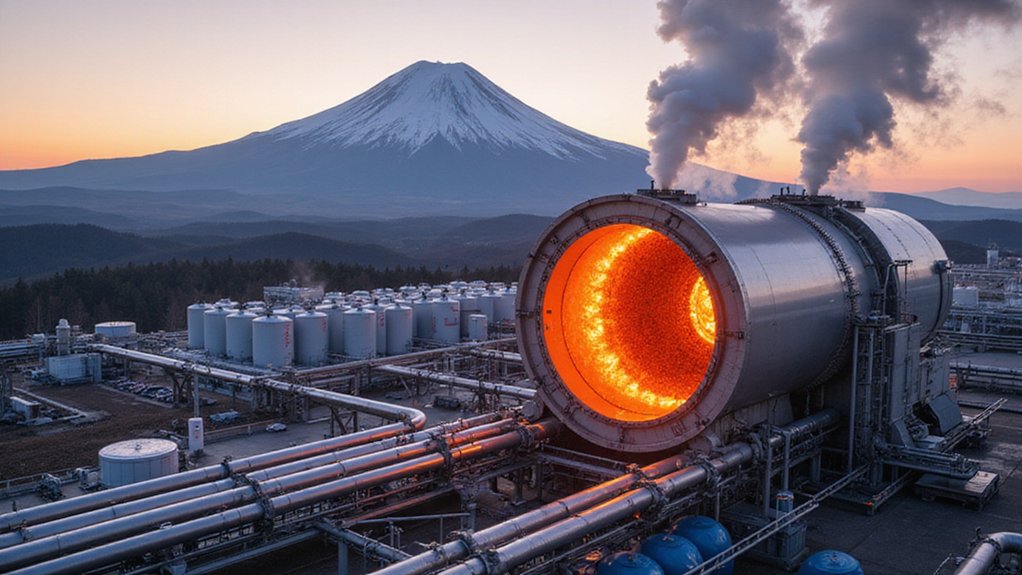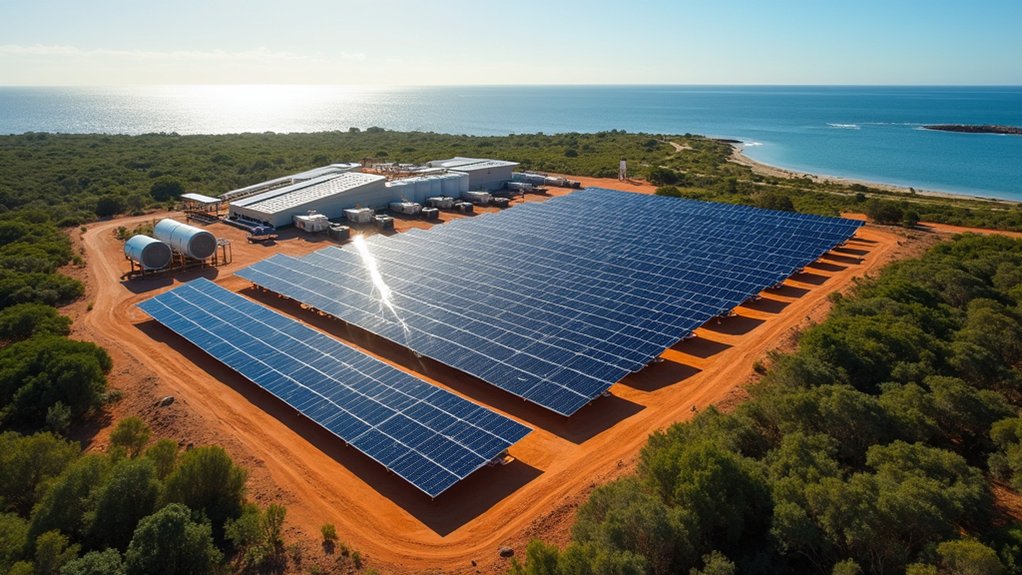A helicopter took flight in Quebec last month and casually made aviation history. No big deal, just the world’s first piloted hydrogen-powered helicopter flight. The experimental Robinson R44 hovered and maneuvered for three minutes and sixteen seconds on March 27, 2025, in Bromont. Just three minutes. That’s barely enough time to microwave popcorn, but it changed aviation forever.
Unither Bioelectronics pulled off this feat with some serious tech upgrades. They ditched the traditional Lycoming engine and went full future-mode with two proton exchange membrane fuel cells, a battery pack, and a MagniX electric motor. Ninety percent of the flight energy came from hydrogen. The other ten? A lithium-ion battery that probably felt pretty inadequate next to its hydrogen buddy.
The setup wasn’t exactly subtle. A non-metallic hydrogen tank hung under the tail boom like an oversized lunch box. Dual fans kept everything from overheating. Because, turns out, not exploding is kind of important when you’re pioneering new flight technology.
Getting this bird off the ground wasn’t easy. Engineers spent three years figuring out how to balance energy flows and manage heat. Helicopters are demanding creatures—they need power immediately for vertical takeoff. The team ran multiple ground tests since December 2023 before anyone dared sit in the pilot seat.
This isn’t just about bragging rights. It’s a massive step toward zero-emission flight. Unither has practical plans too—they want to use this tech for medical logistics like organ transport. Clean, fast delivery without fossil fuels. Smart. The Project Proticity collaboration, launched in August 2024 between Unither and Robinson Helicopter Company, aims to develop hydrogen-electric variants for medical transport applications.
Robinson Helicopter Company backed the project, proving traditional aviation companies aren’t completely allergic to innovation. The industry is taking notice. This hydrogen-powered helicopter achieves minimal emissions similar to geothermal energy while demonstrating aviation’s potential for sustainability. This flight represents a turning point for sustainable aviation that could eventually transform urban air mobility. Future tests will focus on incorporating liquid hydrogen storage to dramatically increase flight range and performance.
Three minutes and sixteen seconds. Sometimes history doesn’t need much time to happen. Just hydrogen, courage, and a helicopter in Quebec.
References
- https://www.sustainability-times.com/energy/worlds-first-hydrogen-helicopter-takes-off-this-historic-flight-just-changed-aviation-forever-and-left-engineers-speechless/
- https://technologymagazine.com/news/inside-united-therapeutics-first-hydrogen-helicopter-flight
- https://www.bcaviationcouncil.org/aviation-consortium-celebrates-first-piloted-hydrogen-powered-flight/
- https://verticalmag.com/news/the-engineering-behind-the-first-hydrogen-powered-helicopter-flight/
- https://evtol.news/news/worlds-first-hydrogen-fuel-cell-powered-robinson-r44-helicopter-makes-first-flight-in-bromont-qc









